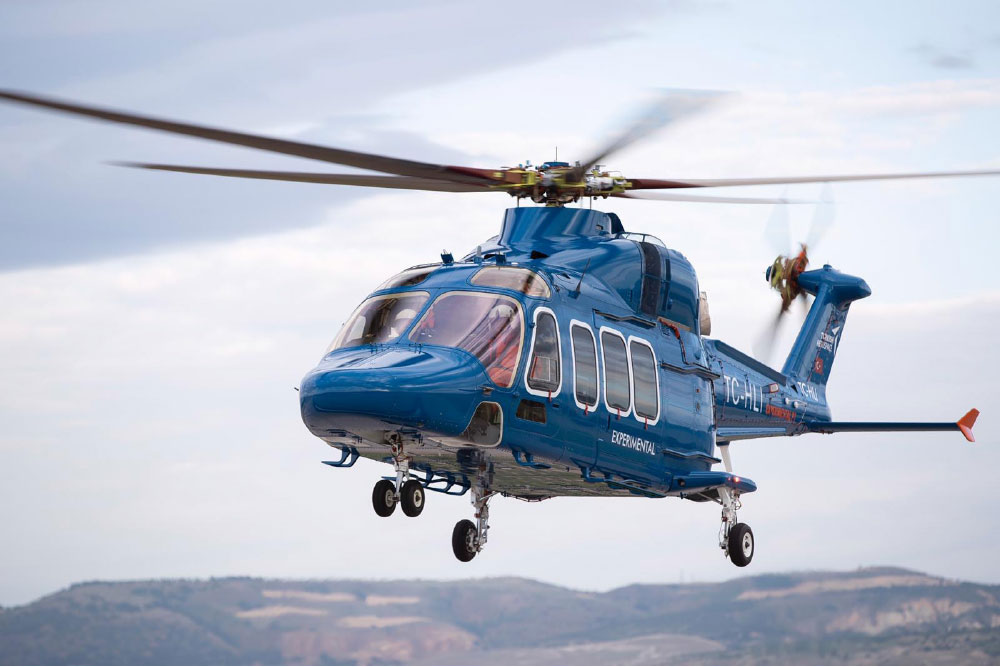It remains to be seen mate.I know nothing of jet engine design but I am aware that it is mighty challenging. Has there ever been a case of an engine being designed, built and run for a thousand or so hours to check it works without any problems surfacing that required fixing? It looks like the prototype TF-6000 is taking quite some time to reach the point where it can be fired up.
Is there some sort of expectation that the resolution of any problems encountered with TF-6000 will migrate into TF-35K, rendering its design and development almost problem free? Even if that were to prove the case, when will those lessons be learnt with TF-6000? Those lessons learnt cannot migrate to TF-35K until they have been learnt on TF-6000/TF-10000.
KAAN flying with Turkish engines in 2028 just sounds like a non-starter to me. I don't see the point unless doing so would somehow bring forward the date when TF-35K KAAN could be delivered to the TuAF.
PS I am reminded of the British TRS2 project. With pressure to get it into the air for internal political reasons (there was talk of cancelling it), it flew with unreliable engines even though one had destroyed itself in ground running on the Avro Vulcan flying testbed.
If TEI's knowhow built thanks to assembling F16 engines are going to pull out something a kind to miracle. Then the past two decades of R&D must show us what it's capable of doing.
If it manages to deliver a stable engine even on par with F4 / F16, the political implications for our western allies is going to catastrophic, if it fails to fly or anything then it's a setback.
The good cop / bad cop routine by US and UK would be played out.
There are ifs and buts, but we'll see at the end of december - january. (kinda stupid to test fly things in winter periode, but maybe the tech guys know better).








